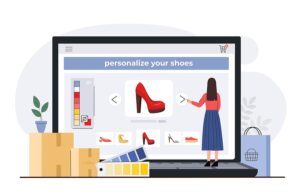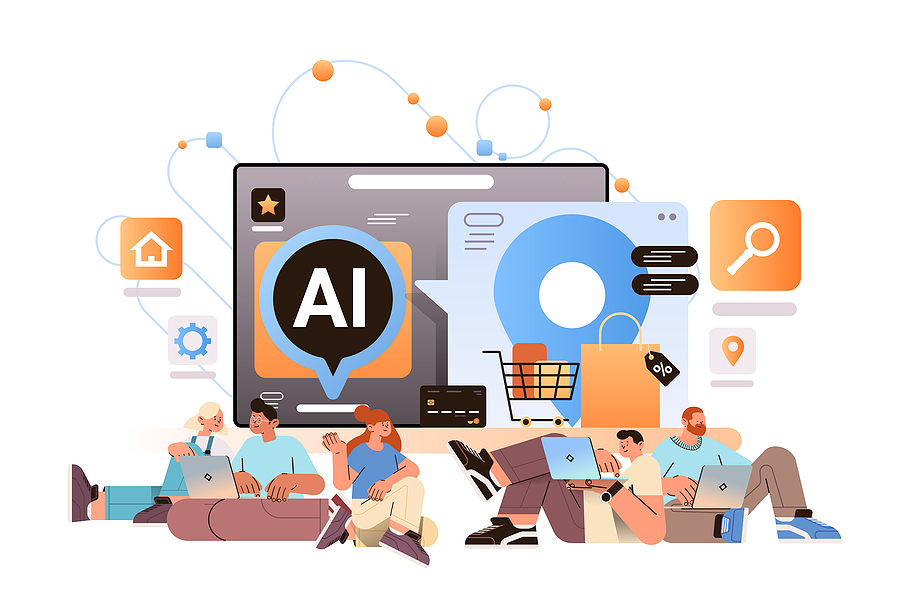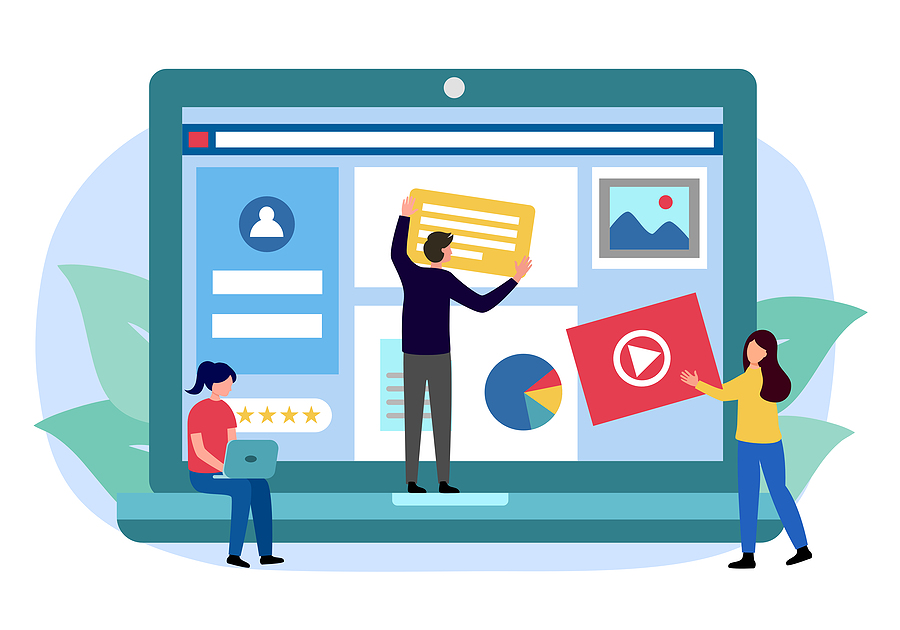Codeias is used to treat mild-to-moderate types of development pain.
How To Choose The Best Images For Your Website
- By Sarah
- General News
- 586 Views
- 20th June 2023
When designing a website, a key element of the content to consider are the images. While it is a mistake to assume that good web design is just about selecting and arranging images, they still play an important role in the user experience. They have an immediate impact on the way a visitor feels and interacts with the site.
Research shows that viewers perceive images thousands of times faster than words, and they are also more memorable. The right images can also help to overcome language barriers, issues with the readability and display of text, and are more inclusive for users with learning difficulties or disabilities.
Here are some tips and suggestions about how to select the right images for your website.

What different types of images are used on websites?
First, it’s best to consider all your different options when it comes to choosing images. The main types used on websites include photos, illustrations, logos and mascots, and 3D graphics. All of these images have unique advantages but some may be more appropriate for use on your website than others.
Photos
Photographs are the most common type of image found on websites. For ecommerce sites, good product photos are essential to allow the customer to see in detail what they are buying.
However, photographs are not just about literal representations of the subject; a well taken photograph can help to set the tone and prompt an emotional connection with your target audience. They can also be used to help present the human face of your brand to customers, increasing engagement and building up a sense of trust and loyalty.
It is possible to source photos in four main ways: commission a professional photographer, take your own photographs/have them produced in house, buy stock images from a photo library, or download free stock photos from websites such as Pixabay.
Which route you take will depend on your budget and what type and style of subject matter you need. Obviously, bespoke photographs will lead to images that are exclusive to your site and you will have the most control over the composition, subject, and overall quality.
If you have a limited budget, there are now many high quality stock images available, for a small fee or even for free. Bear in mind that the images will not be unique to your site, so consider what sort of message you want to convey to your target audience.
In all cases, the photos should be high resolution and optimised so that they have a fast loading time on a range of different devices. Remember that photos should not be added merely as decoration or to fill in space. They should always be related to the rest of the content, be relevant to the audience, and not hamper the layout and user experience.
Illustrations
The use of illustrations on websites has grown in popularity over the years. They can make a website feel more unique and memorable, which is useful if you need to stand out in a strong competitive field. Custom illustrations are contemporary and show your customers that you are up to speed with the latest trends and therefore a dynamic business.
Illustrations are also useful for making an abstract or difficult subject more tangible. This might be appropriate for a tech business or the service industry where you are selling a concept rather than a physical product. They also work well if you have a young audience and want a fun and approachable feel to the site.
Sometimes, illustrations might work with your niche better than photos, particularly if you are in the graphic design or marketing sector. The only limit on what you want to communicate is your own imagination.
There are many online image libraries available where you can browse thousands of stock illustrations if you don’t have the budget to commission your own. As with photos, take care not to overuse stock images because they will not be exclusive to your site, and the end result may be rather bland and generic.
Logo and mascots
A logo is a key part of a brand identity and should be included in the header of the website for SEO purposes, and to ensure that customers associate it with your business as soon as they click onto it. It is customary that a website logo also links back to the home page from every page of the website, so bear in mind that your customers will expect this on your site.
Mascots are characters that are used to provide a humanising element to a website and to prompt the user into taking action. They can be a friendly face and convey different emotions with facial expressions, speech bubbles, or animated movements. However, there is a fine line between cute and helpful, and really annoying, so take care not to cross it!
3D graphics
3D graphics are now much more widely used on the internet as technology has advanced and is possible to create super realistic effects. 3D images look cutting edge and are now widely used by design studios and architects to present project visualisations.
They are ideal for situations where a photo is impossible such as visuals for urban planning schemes, but a more realistic image is appropriate than a flat illustration.
3D icons are now a popular way to enhance the user interface of a website, and they add depth and realism to a flat image. This immediately draws the eye and prompts the user to take action. On ecommerce sites, animated 3D graphics can help to bring products to life by showing them from all angles and demonstrating how they can be used.
Creating high quality 3D images is time consuming and costly, but the investment may be well worth it if you are in a competitive sector and want to maximise your conversion rates.
If you are looking for a white label development agency, please get in touch with us today.









